
Jessie Margaret Matthews was an English actress, dancer and singer of the 1920s and 1930s, whose career continued into the post-war period.
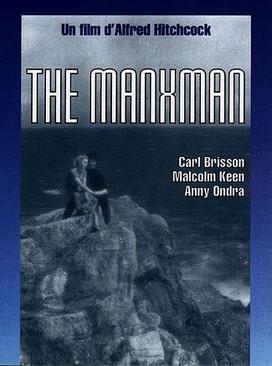
The Manxman is a 1929 British silent romance film directed by Alfred Hitchcock and starring Anny Ondra, Carl Brisson and Malcolm Keen. The film is based on a popular 1894 romantic novel The Manxman by Hall Caine, which had previously been made into a film 13 years earlier. It was the last fully silent production that Hitchcock directed before he made the transition to sound film with his next film Blackmail (1929).
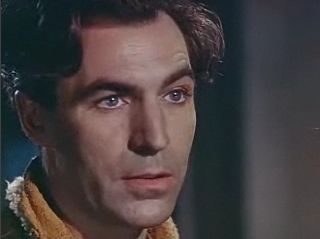
David Farrar was an English stage and film actor.

Mrs. Miniver is a 1942 American romantic war drama film directed by William Wyler, and starring Greer Garson and Walter Pidgeon. Inspired by the 1940 novel Mrs. Miniver by Jan Struther, it shows how the life of an unassuming British housewife in rural England is affected by World War II. Produced and distributed by Metro-Goldwyn-Mayer, its supporting cast includes Teresa Wright, May Whitty, Reginald Owen, Henry Travers, Richard Ney and Henry Wilcoxon.

Gaby is a 1956 American drama film directed by Curtis Bernhardt and starring Leslie Caron, John Kerr, Cedric Hardwicke, Taina Elg and Margalo Gillmore. It is the third version of the 1930 play Waterloo Bridge, previously made into films Waterloo Bridge (1931) and Waterloo Bridge (1940). It is the only version of the play made in color, and the least faithful to it. The title, the names of the main characters, and plot details were all changed. Unlike the 1931 and 1940 versions, this film ends happily.

Judith Furse was an English actress.

Seven Days to Noon is a 1950 British political thriller film directed and produced by John and Roy Boulting and starring Barry Jones, Olive Sloane and André Morell. It was written by Frank Harvey and Roy Boulting based on a story by Paul Dehn and James Bernard.
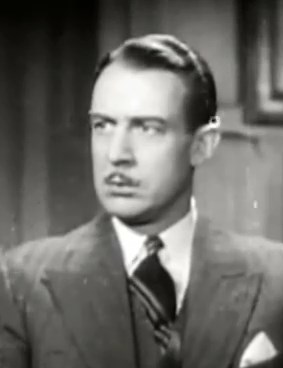
Arthur Lester Matthews was an English actor.

Forever and a Day is a 1943 American drama film, a collaborative effort employing seven directors/producers and 22 writers, with a large cast of well-known stars.

Evergreen is a 1934 British musical film directed by Victor Saville starring Jessie Matthews, Sonnie Hale and Barry MacKay. The film is based on the 1930 musical Ever Green, also starring Matthews, who plays a dual role as mother and daughter.

The Good Companions is a 1933 British comedy film directed by Victor Saville starring Jessie Matthews, John Gielgud and Edmund Gwenn. It is based on the 1929 novel of the same name by J.B. Priestley.

The Story of Alexander Graham Bell is a somewhat fictionalized 1939 biographical film of the famous inventor. It was filmed in black-and-white and released by Twentieth Century-Fox. The film stars Don Ameche as Bell and Loretta Young as Mabel, his wife, who contracted scarlet fever at an early age and became deaf.
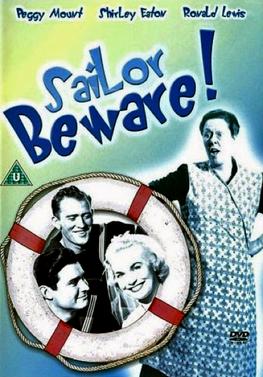
Sailor Beware! is a 1956 British comedy film directed by Gordon Parry and starring Peggy Mount, Shirley Eaton and Ronald Lewis. It was written by Philip King and Falkland Cary adapted from their 1955 stage play of the same name. It was released in the United States by Distributors Corporation of America in 1957 as Panic in the Parlor.

There Goes the Bride is a 1932 British comedy film directed by Albert de Courville and starring Jessie Matthews, Owen Nares, Carol Goodner, Basil Radford and Roland Culver. The screenplay concerns a woman who breaks off her an engagement and escapes to Paris. It is a remake of the German film Mary's Start in die Ehe, also known as Ich bleib' bei dir (1931). David Niven makes his film debut in a tiny uncredited role.
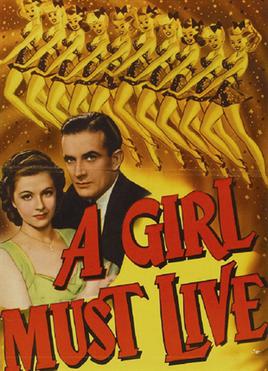
A Girl Must Live is a 1939 British romantic comedy film directed by Carol Reed that stars Margaret Lockwood, Renée Houston, Lilli Palmer, Hugh Sinclair, and Naunton Wayne. Based on a 1936 novel by Emery Bonett with the same title, the plot features three chorus line girls competing for the affection of a wealthy bachelor. It was one of a series of films Carol Reed made starring Margaret Lockwood.

The Midshipmaid is a 1932 British comedy film directed by Albert de Courville and starring Jessie Matthews, Frederick Kerr, Basil Sydney and Nigel Bruce. The film is based on the 1931 play of the same title by Ian Hay and Stephen King-Hall. it was released in the U.S. as Midshipmaid Gob. John Mills makes his film debut in a supporting role. It was shot at the Lime Grove Studios, with sets designed by the art director Alfred Junge.

It's Hard to Be Good is a 1948 British comedy film directed by Jeffrey Dell and starring Jimmy Hanley, Anne Crawford and Raymond Huntley. In the film, an ex-army officer finds his altruistic attempts to improve the world are unsuccessful.
Silver Top is a 1938 British crime film directed by George King and starring Marie Wright, Betty Ann Davies, David Farrar and Marjorie Taylor. It was made at Shepperton Studios as a quota quickie.
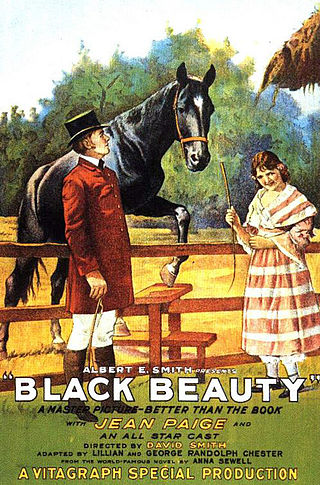
Black Beauty is a 1921 American silent film version of Anna Sewell's 1877 novel of the same name. Black Beauty is an autobiography of a horse, who tells the story of his life and of the people surrounding it. This film exists in an incomplete state with four of seven reels preserved at the Library of Congress.
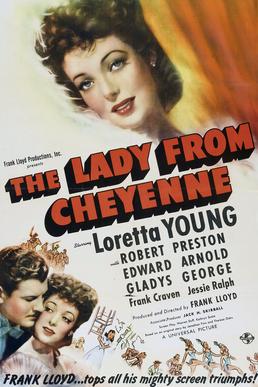
The Lady from Cheyenne is a 1941 American comedy western film directed by Frank Lloyd and starring Loretta Young, Robert Preston and Edward Arnold.



















